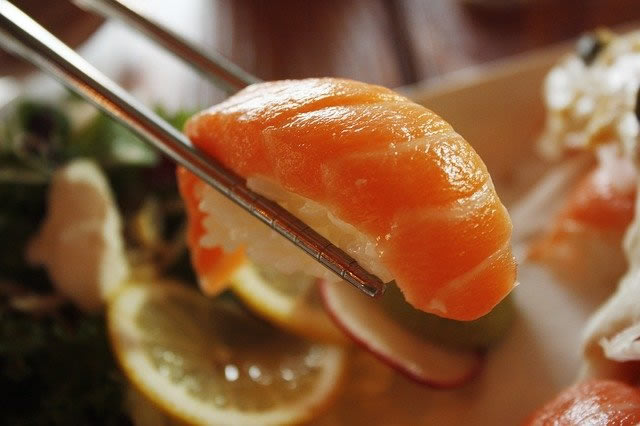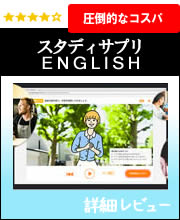昨日から「Should we eat more like the Japanese? -「私たちは日本人のように食べるべき?」を読んでいます。

・「私たちは日本人のように食べるべき?」(1)
The Japanese diet is a fairly broad concept, points out epidemiology researcher Shu Zhang of Japan’s National Center for Geriatrics and Gerontology, and it is not and has never been an all-you-can-eat sushi buffet.
日本の食生活は非常に幅広く構想されたもので、スシの食べ放題ではないと指摘するのは、国立長寿医療センターの疫学研究者である張妹氏。
epidemiology「疫学、伝染病学」。
Still, one recent review of 39 studies probing the connection between Japanese diet and health found a few commonalities emphasised by many papers:
しかし日本の食生活と健康との関係を調べた39の研究をまとめた最近のレビューでは、多くの論文で強調される共通点が幾つかあった
seafood, vegetables, soybeans and related productions, like soy sauce, rice, and miso soup.
それは魚介類、野菜、大豆、そしてそれらに関係する醤油、米、味噌汁などだ。
Indeed, on the whole, the consumption of this kind of diet is linked to fewer deaths from heart problems, Zhang says, although not specific diseases like cancer.
張氏によると、実際こうした食生活をしていると、ガンのような特定の病気とは関連しないが、心臓病による死亡率は低くなるという。
Interestingly, it also appears connected to lower rates of mortality overall.
さらに興味深いことに、全体的な死亡率の低下にもつながっているようだ。
mortality「死ぬべき運命、(死すべき)人類、(災害などによる)大量死、死亡者数、死亡率」。
Tsuyoshi Tsuduki, an associate professor of food and molecular bioscience at Tohoku University, has studied exactly which version of the Japanese diet might contribute to long life.
東北大学の食品・分子生物学准教授の都築毅氏は、実際どんな日本食が長寿につながるのかを研究した。
Initially, he and his collaborators used national survey data to come up with meals representing the Japanese diet in the 1990s and a similar set of meals for the American diet of the same time period.
手始めに全国調査のデータを用いて、1990年代の日本人の主だった食事と、同時期のアメリカ人のそれを用意。
The meals were freeze-dried and fed for three weeks to rats, whose health the researchers then watched carefully.
その食事をフリーズドライにしてラットに3週間与え、健康状態を注意深く観察した。
Intriguingly, the rats on the Japanese diet had less fat in their abdomens and lower levels of fat in their blood, despite the fact that both diets had the same amount of fats, proteins, and carbohydrates.
不思議なことに、どちらの食事も脂肪、タンパク質、炭水化物の量は同じにもかかわらず、日本食を食べたラットの方が腹部の脂肪が少なく、血中の脂肪濃度も低かったのだ。
That suggests that sources for those nutrients – meat versus fish, rice versus wheat, for instance – matter to the outcome.
これはつまり肉と魚、米と小麦など、栄養素の供給源が影響することを示している。
摂取する栄養素の種類や量が同じでも、どの食材からその栄養素を摂っているかで体内の状態が変わってくると。
魚介類は肉類よりちょっと割高なので、特に外国でたんぱく質を摂ろうと思ったら、どうしても肉類に手が伸びがちかなあと思います。
日本であれば安価なたんぱく源として大豆製品が豊富なので、選択肢はより広く豊かなんですよね。
こんなところにも、日本は本当に食に恵まれている事を感じます。
理由は単純明快!「少ないコストでしっかり楽しく学べるから」。
私自身の経験(高機能でビックリ)をびっしり書いていますので、良かったら読んでみてください。
下のバナーからどうぞ!






